- 资源介绍
- 下载记录
- 用户评价
The book begins with a philosophical overview of recent neurophysiological studies reflecting the complexity of higher cognitive functions, which references the idea of the baroque style in art being neither linear nor stable. The following papers are allocated into 5 sections. The papers of the section “Language-Music-Gesture As Semiotic Systems” discuss the issues of symbolic and semiotic aspects of language, music, and gesture, including from the perspective of their notation. This is followed by the issues of "Language-Music-Gesture Onstage" and interaction within the idea of the "World as a Text." The papers of “Teaching Language and Music” present new teaching methods that take into account the interaction of all the cognitive systems examined. The papers of the last two sections focus on issues related primarily to language: The section "Verbalization Of Music And Gesture" considers the problem of describing musical text and non-verbal behavior with language, and papers in the final section "Emotions In Linguistics And Ai-Communication Systems” analyze the ways of expressing emotions in speech and the problems of organizing emotional communication with computer agents.
本书汇集了代表语言、音乐和手势及其交互的多学科方法的精选修订论文。在语言和音乐的结构和组织的多学科和比较研究中,本书扩大了范围,将手势问题纳入了分析范围。所呈现的系列的一个独特之处在于,这些论文被编成一卷,让读者可以看到作为非语言交流元素的手势和作为舞蹈主要元素的手势的异同。除了增强分析之外,关于语音、音乐和舞蹈在自然情况下的功能以及它们在各种表演艺术形式中的感知和理解的数据使这个集合对那些感兴趣的人非常有用在人类认知能力和表演技巧方面。
这本书首先对最近反映高级认知功能复杂性的神经生理学研究进行了哲学概述,其中提到了艺术中的巴洛克风格既不是线性的也不是稳定的。以下论文分为 5 个部分。 “作为符号系统的语言-音乐-手势”部分的论文讨论了语言、音乐和手势的符号和符号方面的问题,包括从它们的符号的角度。其次是“语言-音乐-舞台上的语言-音乐-手势”问题和“世界即文本”思想下的互动问题。 “教学语言和音乐”的论文提出了新的教学方法,这些方法考虑到了所有被检查的认知系统的相互作用。最后两节的论文主要关注与语言相关的问题:“音乐和手势的语言化”部分考虑了用语言描述音乐文本和非语言行为的问题,最后一节的论文“语言学中的情感和Ai-Communication Systems》分析了语音中表达情感的方式以及与计算机代理组织情感交流的问题。

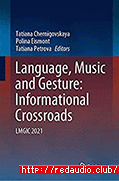
 Key*** 25元 购买了 月费VIP 会员
Key*** 25元 购买了 月费VIP 会员 MUD*** 25元 购买了 月费VIP 会员
MUD*** 25元 购买了 月费VIP 会员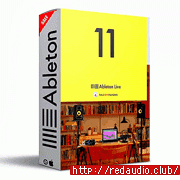
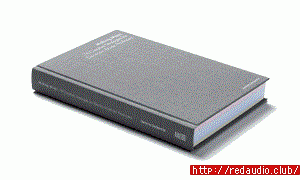
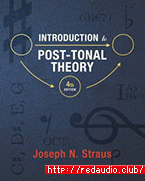



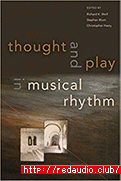

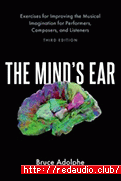



共有 条评论